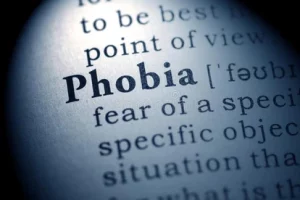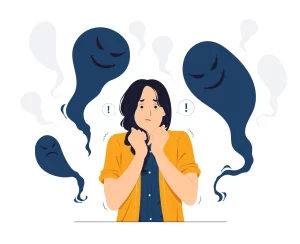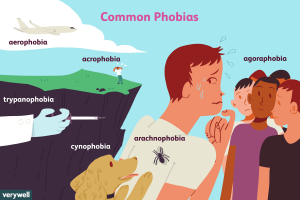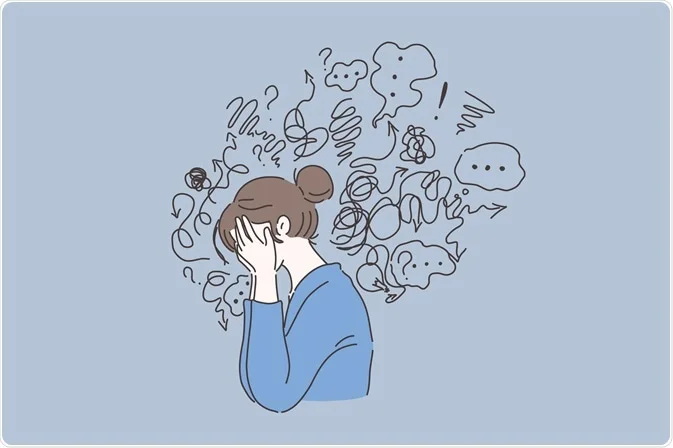Phobia: A phobia is an intense and irrational fear of a specific object, situation, or activity that poses little or no actual threat. People with phobias often go to great lengths to avoid the feared stimulus, and the fear can significantly impact their daily lives. What are the symptoms of phobia? The symptoms of a
Phobia:
A phobia is an intense and irrational fear of a specific object, situation, or activity that poses little or no actual threat. People with phobias often go to great lengths to avoid the feared stimulus, and the fear can significantly impact their daily lives.

Image by: https://www.thesouthafrican.com/news/offbeat/phobia-of-the-day-zuigerphobia-breaking-fear/
What are the symptoms of phobia?
The symptoms of a phobia can vary depending on the type of phobia and the individual’s response to the feared object or situation. However, common symptoms of phobias may include:
- Intense and Irrational Fear: Individuals with phobias experience an overwhelming and disproportionate fear when confronted with the specific trigger, whether it’s an object, situation, or activity.
- Avoidance: People with phobias often go to great lengths to avoid the feared stimulus. This avoidance behavior can significantly impact daily life, leading to limitations in activities and social interactions.
- Physical Symptoms: Exposure to the phobic stimulus can trigger various physical symptoms, such as trembling, sweating, rapid heartbeat, shortness of breath, nausea, dizziness, or a feeling of choking. These symptoms may resemble a panic attack.
- Immediate Anxiety Response: The anxiety response is immediate and intense, even if the perceived threat is not objectively dangerous.
- Difficulty Functioning Normally: Phobias can interfere with a person’s ability to function normally in everyday life. For example, a person with a fear of flying might avoid travel or experience extreme distress when faced with the need to fly.
- Anticipatory Anxiety: Individuals with phobias may experience anxiety in anticipation of encountering the feared object or situation, often well in advance.
- Recognition of Irrationality: While individuals with phobias recognize that their fear is irrational, they often find it challenging to control or overcome.

Image by: https://www.solhapp.com/blog/phobias-and-fear
There are different types of phobia
Social anxiety disorder
This is also known as social phobia and it is possibly the most common phobia. See the separate leaflet called Social Anxiety Disorder for more details.
Agoraphobia
This too is common. Many people think that agoraphobia means a fear of public places and open spaces. But this is just part of it. If you have agoraphobia you tend to have a number of fears of various places and situations. See the separate leaflet called Agoraphobia for more details.

Image by: https://www.verywellmind.com/most-common-phobias-4136563
Other specific phobias
There are many other phobias of a specific thing or situation – for example:
- Fear of confined spaces or of being trapped (claustrophobia).
- Fear of certain animals.
- Fear of injections or needles.
- Fear of vomiting.
- Fear of being alone.
- Fear of choking.
- Fear of the dentist.
- Fear of flying.
- Fear of holes (trypophobia)
- Fear of the ocean (thalassophobia)
However, there are many others, some quite rare.




















Leave a Comment
Your email address will not be published. Required fields are marked with *